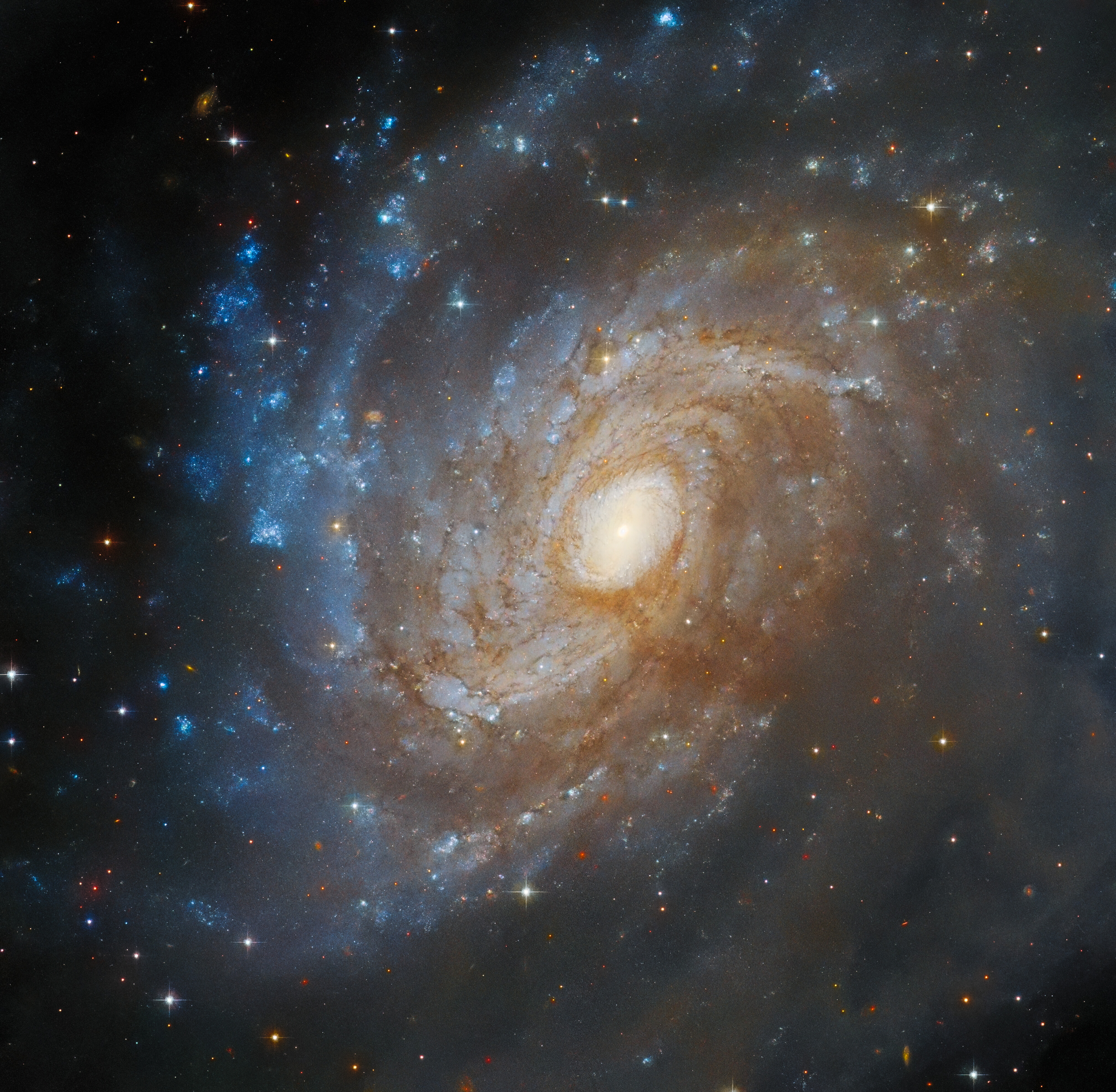4 min read
As the largest planet in our solar system, Jupiter likes to supersize its stormy weather. Two giant storms erupted from a jet stream blowing at 370 miles per hour on Jupiter in March, 2007. The storms exploded in size, growing from 250 miles across to more than 1,245 miles across in less than a day. Ice plumes from the storms towered 20 miles above surrounding cloud tops. The storms disturbed the jet and formed in their wake swirling red clouds that spread around the planet.
Image right: The left panel is a false-color image of ice plumes from the storms (teardrop-shaped white areas) taken with the NASA Infrared Telescope Facility. The right panel, taken with the Hubble Space Telescope, reveals swirling redish-brown clouds in the wake of the storms. Credit: NASA, ESA, IRTF, and A. Sánchez-Lavega and R. Hueso (Universidad del País Vasco, Spain)
Researchers hope to use the rare event – it's only been seen twice before, in 1975 and 1990 – to reveal secrets buried deep in Jupiter's massive atmosphere. "Jupiter has lots of hidden secrets -- what makes it red in spots, for example -- and doesn't give them up easily," said Dr. Amy Simon-Miller of NASA's Goddard Space Flight Center in Greenbelt, Md. "We try to use these events to figure out what's going on." Simon-Miller, a co-author of a paper describing the storms published in Nature January 24, was part of a team observing the storms with NASA's Hubble Space Telescope.
One enduring mystery is the depth and power source of the planet's jet streams. The new observations of the twin storms indicate that Jupiter's jets run deep, and are powered by the planet's own heat. "This confirms previous findings by the Galileo Probe when it descended through Jupiter’s upper atmosphere in December 1995. Although both regions are meteorologically different, all the evidence points to a deep extent for Jupiter’s jets and suggest that the internal heat power source plays a significant role in generating the jet," said Professor Agustín Sánchez-Lavega from the Universidad del País Vasco in Spain, lead author of the Nature paper and coordinator of the team.
"We ran computer models of Jupiter's atmosphere to see what conditions produced these storms. Only a deep jet reproduced what we saw," said Simon-Miller. "This jet is too far below the cloud tops to get much sunlight, so it's probably powered by Jupiter's internal heat instead." The models indicate the jet stream extends more than 62 miles below the cloud tops where most sunlight is absorbed.
Amateur astronomers reported disturbances in Jupiter's Northern hemisphere in March, while the team was observing Jupiter in support of a flyby of NASA's
bound for Pluto. New Horizons got a boost from Jupiter's gravity, and tested its instruments by observing Jupiter. The team searched archived Hubble data and discovered that the storms first appeared March 25.
The team monitored the new eruption of cloud activity and its evolution with unprecedented resolution using
, the
in Hawaii, and telescopes in the Canary Islands (Spain). A network of smaller telescopes around the world also supported these observations.
"The infrared images distinguish the plumes from lower-altitude clouds and show that the plumes are lofting ice particles higher than anyplace else on the planet," said Dr. Glenn Orton, from NASA's Jet Propulsion Laboratory, Pasadena, Calif., and second author of the paper.
The storms gradually dissipated over two months. In spite of the energy deposited and the stirring and turmoil generated by the storms, the jet remained practically unchanged when the disturbance ceased, keeping steady against these storms.
The gaseous giant planet Jupiter is 10 times the size of Earth, and its atmosphere is always turbulent. Its circulation is dominated by a pattern of cloud bands alternating with latitude and by a persistent system of jet streams, both of unknown origin.
Understanding these phenomena is important for predicting weather on Earth, where storms are present everywhere and jet streams dominate the atmospheric circulation. In this way, Jupiter represents a natural laboratory where atmospheric scientists study the nature and interplay of the intense jets and severe storms.
Bill Steigerwald
NASA Goddard Space Flight Center
Carolina Martinez
NASA Jet Propulsion Laboratory








